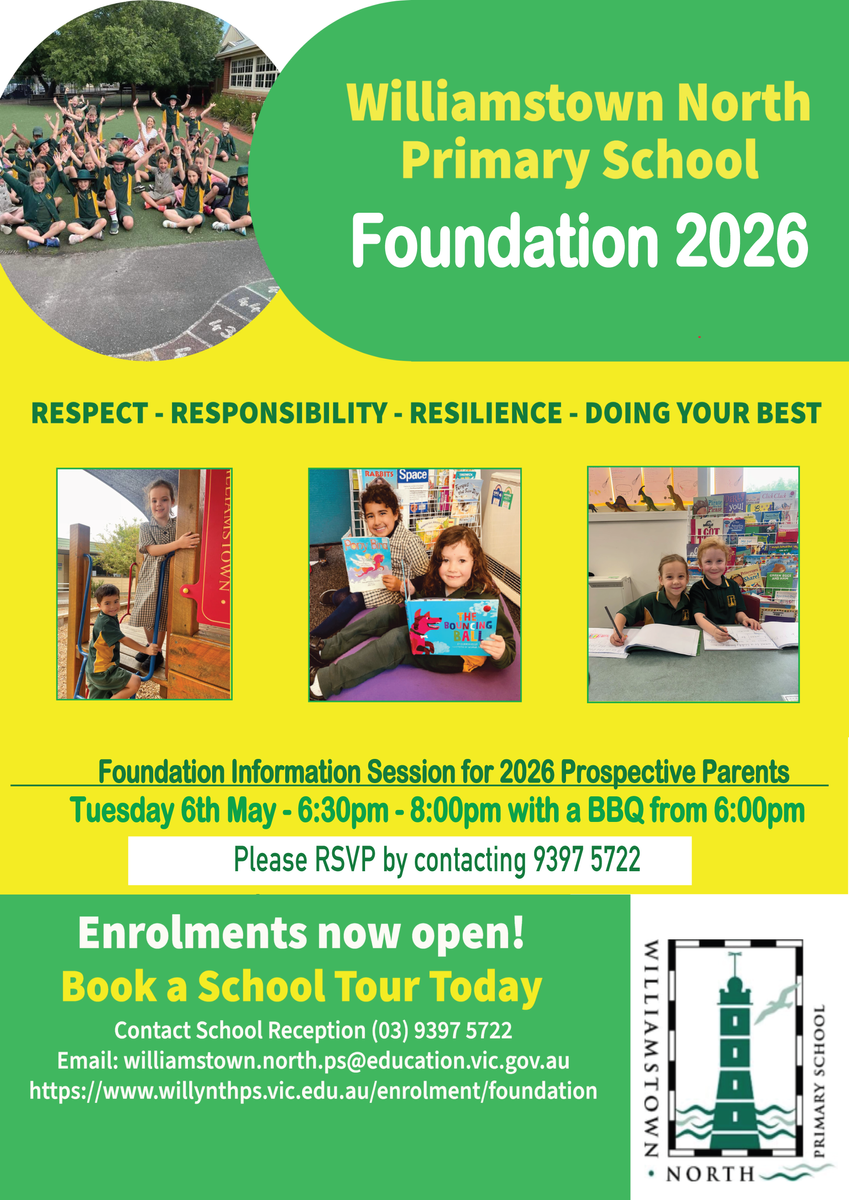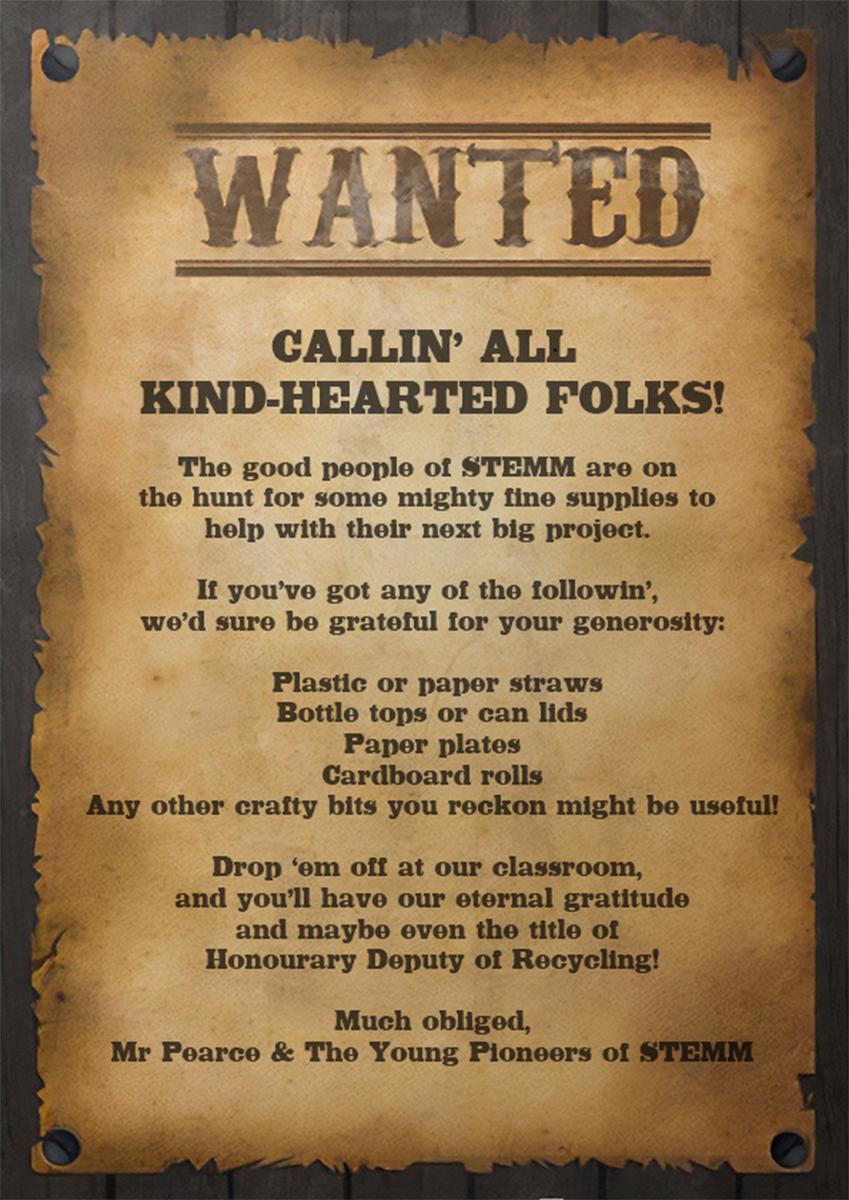Curriculum Update
Curriculum Areas & People Spotlight

Curriculum Update
Curriculum Areas & People Spotlight
Literacy
(Reading, Spelling and Vocabulary - Ash)
In Literacy, our Year 5 and 6 students have been thoroughly engaged in our class novel, ‘The Wolf Keepers by Elise Broach’. Throughout this unit we have had many amazing discussions around animal conservation, wildlife protection and the physical, emotional and ethical ramifications of caging wild animals. Our students have explored new and diverse vocabulary and become experts in creating Frayer Models to highlight meaning, synonyms and antonyms. We have reflected on how an author can use Imagery to enhance a scene and how Personification impacts the emotional pull we have to a story. Our students have been creating impressive vocabulary walls and are becoming experts at researching more complex vocab and sharing word meanings in peer appropriate language.
We have continued to unpack text dependent questioning, contextual clues, and extend student thinking and conversational skills through our Close Reads, which have linked in closely with our unit of Inquiry, and our class novel. Fluency has also continued to be a strong focus for us, with our students exploring how we read with Accuracy, Automaticity and Prosody.
In Spelling we have been focused on decoding, spelling and defining words with Latin and Greek origins and are learning how to combine base morphemes with prefixes and suffixes to spell and understand unknown words.
Literacy (Writing - Kylie)
In Writing, our students learnt how to craft persuasive discussion essays that examined both sides of an argument before drawing their own conclusions. We connected this approach closely with our class novel, The Wolf Keepers, sparking debates on topics like “Should animals be kept in zoos?” Currently, our focus has shifted to debating, where the students are beginning to explore what makes an effective debater by learning the structure, rules and roles within a debate, as well as starting to write their own arguments and develop public speaking skills.
Maths (Bron and Jamie)
In Numeracy, we have been learning about number properties, our students have been learning to express natural numbers as products of their factors, identify multiples, and determine whether one number is divisible by another. They have also been exploring and describing the properties of prime numbers, composite numbers, square numbers, and triangular numbers, using this knowledge to solve problems and simplify calculations.
Students have also been revising and applying a range of strategies to solve addition, subtraction, multiplication, and division problems. In addition, they have been learning how to apply the correct order of operations when solving more complex equations. To support this, students have been introduced to the acronym BODMAS, which helps them remember the correct order in which to carry out calculations: Brackets, Division, Multiplication, Addition, and Subtraction.
Inquiry (Laura Breen)
In Inquiry, students have been investigating what it means to be a citizen, both in Australia and globally. They have explored the rights, responsibilities, and privileges of Australian citizens and compared them to those of citizens around the world. Through research and discussion, students have developed a deeper understanding of how citizenship shapes communities and identity.
As part of their learning, students are examining human rights issues and exploring the role of advocacy in promoting fairness and equality. They are engaging with real-world case studies, analyzing challenges faced by individuals, and reflecting on the impact of taking action. To extend their knowledge, students will be researching an Australian human rights advocate and creating detailed reports and presentations to showcase their findings.
This unit has encouraged our students to think critically about social justice, develop empathy, and consider what it means to be an active and informed citizen in today’s world.
Wellbeing (Laura Buckley)
In Wellbeing, our Year 5 and 6 students have been exploring the important topic of emotions. Throughout Term 1, we have focused on understanding what emotions look like, both in ourselves and others. Students have been learning to recognise and name a range of emotions, from happiness to frustration, and how these emotions can affect our behavior and interactions. We’ve discussed the difference between intense emotions and those that are more manageable, and students have practiced strategies for regulating their feelings such as deep breaths, taking breaks etc. We have also learned how to read body language and connect it with an emotion the person may be experiencing. Through engaging activities and discussions, our students have gained a deeper understanding of emotional awareness and the role it plays in creating positive relationships with one another.
Interschool Sports (Ash)
Our Year 6 students had a great time engaging in some friendly competition with other local schools during our Inter School Sports sessions this term. It has been wonderful seeing our students making connections with other Year 6s and having a lot of fun being active!
NAPLAN (Ash)
A huge congratulations to our Year 5 students with the completion of NAPLAN last week. Our students have diligently worked their way through the Reading, Writing, Language Conventions and Numeracy assessments over the past two weeks and we are so proud of their effort and perseverance!
World’s Greatest Shave (Laura Breen)
This Friday our very own Natalie Grey will be taking part in The World’s Greatest Shave. Her bravery and dedication to raising awareness and funds for blood cancer research is truly inspiring.
To support Natalie's bravery, and this incredible cause, there will be a special whole school assembly at 2.45pm on Friday the 28th of March. At 3.30pm, there will also be a BBQ outside the gym. All families are encouraged to join the BBQ by purchasing a sausage or two, with all proceeds going towards this great cause.
To support Natalie, we ask students to bring a gold coin donation on Friday, 28th March. In addition, families can access Natalie’s fundraiser via this link: https://www.worldsgreatestshave.com/fundraisers/nataliegray
At Williamstown North Primary School, we are committed to fostering an environment where every student can thrive, both academically and emotionally. An important part of this commitment is helping our students learn to manage their emotions effectively, a skill that is crucial for their well-being and success. One tool we use to support this is the Zones of Regulation framework.
What are the Zones of Regulation?
The Zones of Regulation is a framework designed to teach students self-regulation and emotional control. It categorizes all the different ways we feel and states of alertness we experience into five coloured zones:
Importance of Recognising the Zones
Understanding these zones helps children recognise their feelings and gives them strategies to respond to those feelings appropriately. It's not about changing how they feel but rather about choosing actions that align with their desired outcomes and maintaining control over reactions.
Strategies to Practice at Home
Encouraging emotional regulation at home is crucial. Here are some strategies you can practice with your children:
Use Visuals: Visual reminders of the zones can be placed around your home to remind your child of the tools they can use to manage their feelings.
Resource for Further Support
A great resource for families is the website of the creator of the Zones of Regulation, Leah Kuypers. It offers detailed explanations and additional resources that can help deepen your understanding and application of the zones at home. Visit Zones of Regulation Website for more information.
We encourage you to integrate these practices at home to support your child’s ability to self-regulate. This not only benefits their emotional well-being but also enhances their capacity to engage in learning and build healthy relationships.
Thank you for your continued support and partnership in creating a supportive learning environment for all our students.
Warm regards,
Matt Feeley
Well-being and Attendance Officer.
Williamstown North Primary School.




The Premiers’ Reading Challenge is officially up and running, and Williamstown North Primary School is excited to be taking part!
The Challenge encourages students between early childhood and Year 10 to read a set number of books by 29th August 2025, with their efforts recorded online. A book list recommends age-appropriate texts that children might like to try, but any book counts towards their Challenge totals.
Last year, Victorian kids read a huge 3.4 million books between them – so this year’s Challenge sets an even higher goal of 3.5 million books, encouraging children to become voracious readers across different genres, authors and styles of literature.
Children from Prep to Year 2 are encouraged to read or ‘experience’ 30 books with their parents and teachers. Children from Year 3 to Year 6 are challenged to read 15 books.
All children who meet the Challenge will receive a certificate of achievement signed by the Victorian Premier and former Premiers.
Click on the link to read the letter from the Premier Jacinta Allan. To find out more about the challenge, visit www.vic.gov.au/premiers-reading-challenge
Your child's login details to the Premiers’ Reading Challenge platform will be sent home by classroom teachers. Using your child’s unique username and password, they will be able to record the books they have read throughout the challenge.
We hope to see as many students as possible complete the challenge! It is such a fun and exciting way to celebrate reading, and it is always such a pleasure to celebrate students’ participation in the challenge at its conclusion.
If you have any questions, you can contact our school’s Challenge coordinators, Irini Mavridis and Ben Roosenboom.
Happy reading! 🙂
Kind Regards,
Irini Mavridis & Ben Roosenboom Kaitlyn Hayes
Premiers’ Reading Challenge Coordinators Literacy Leader



